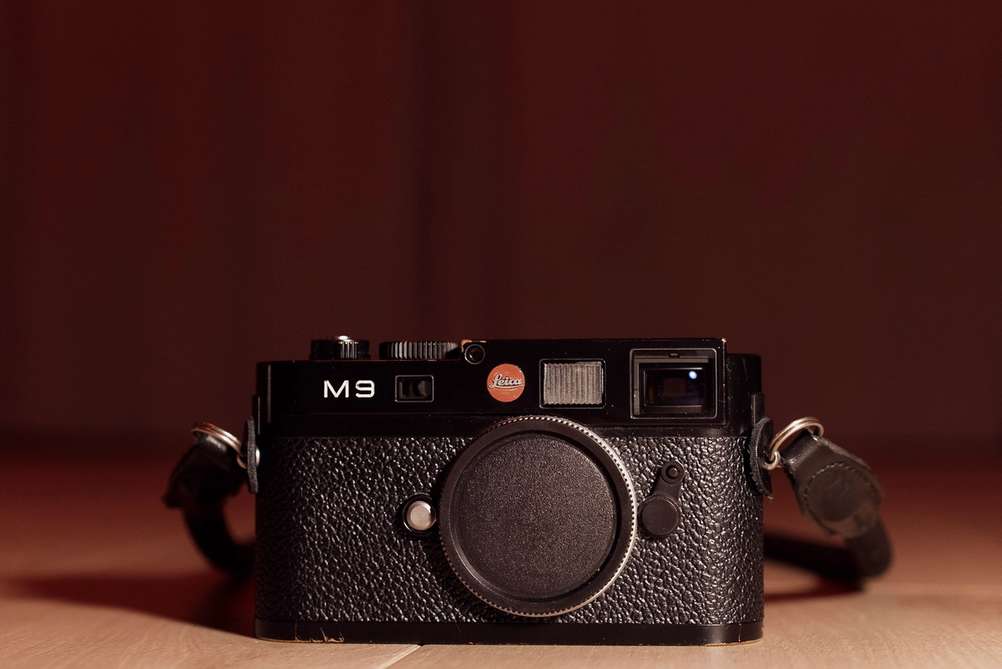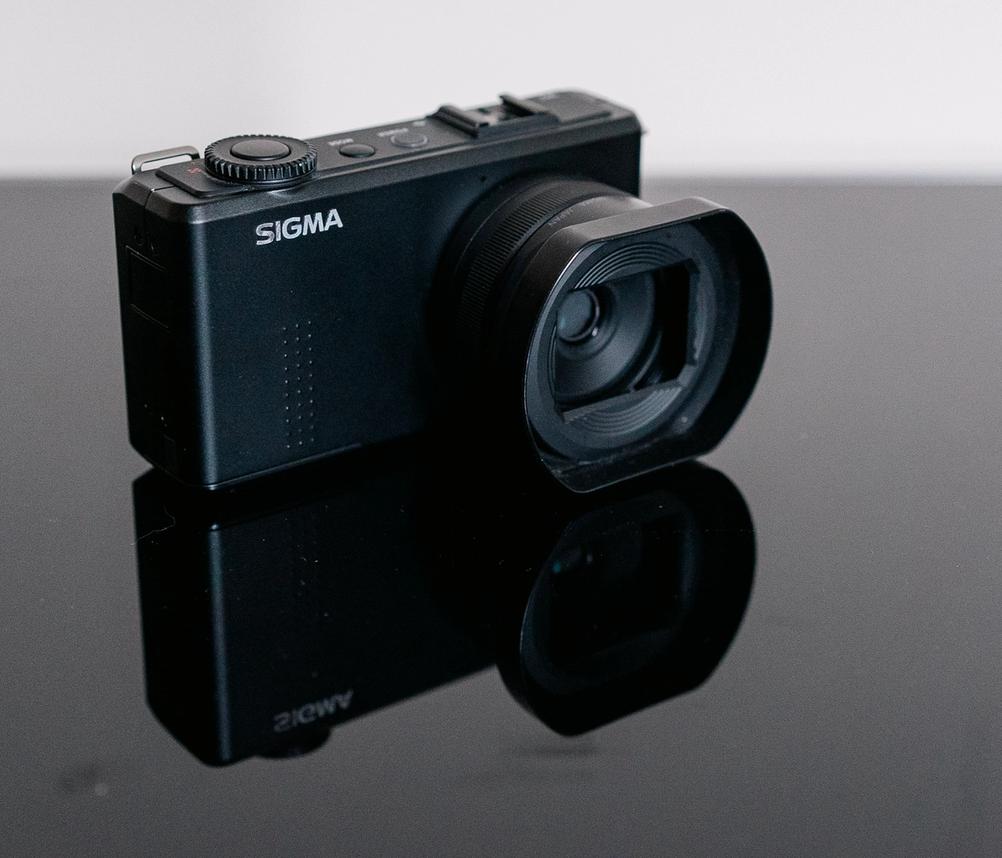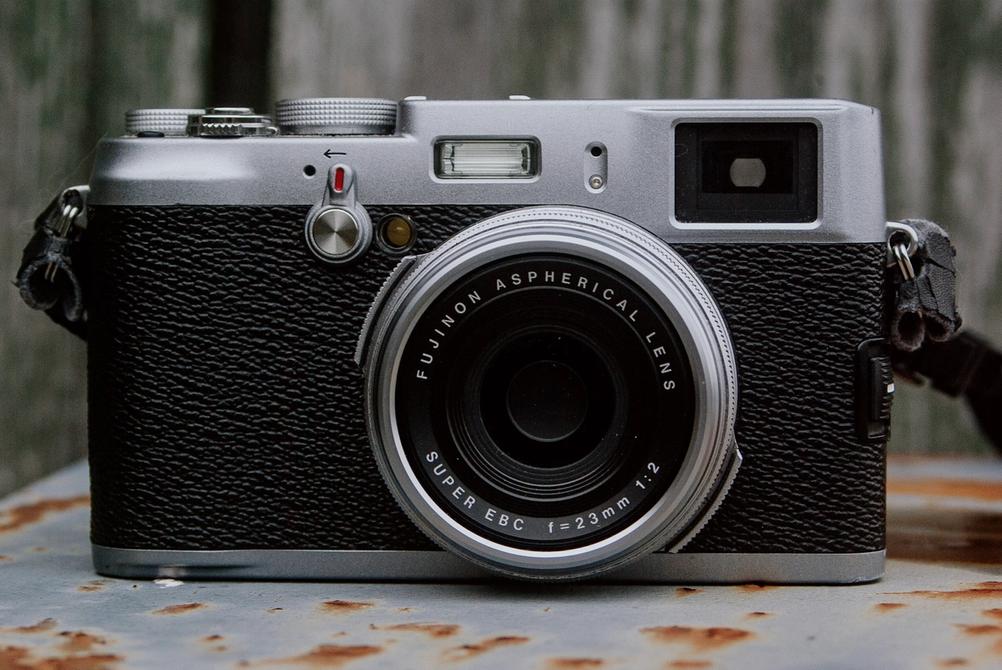My Imaginary Dream Digital Camera
I thought that it would be interesting to list out all the main ingredients that when thrown together would make my dream digital camera. Think Homer Simpson car, but instead of a car — it's a camera!
The only rule is that it has to be possible to build today. I can't invent some super futuristic functions that are not possible to manufacture right now. Think of the build as a crazy mashup of existing cameras around today ( and in the past ).
Disclaimer: if you're a camera manufacturer, then I give you the permission to make this camera with only one clause in our imaginary contract. One copy of the camera that you make following this guide will be given to me for free. Deal? Deal.
I wish I had written something like this 10 or more years ago. The ingredients listed would be wildly different. I wonder if there would even be any similarities. I will also be interested in reading this after 10 or more years. The differences between the "today me" and "future me" would also be quite stark I imagine.
Now let's get into the camera build.
The Body
I'm a simple man. Give me a Leica M type body and I'll be happy. Something Leica M3 sized would be nice. I have never held a Leica M10 or M11 but those bodies are roughly the size of a film M so those would do as well. I have a Leica M9 and I would settle with that too.

Leica M9 is a fine looking camera. Especially the black one.
It's not the most ergonomic-to-hold body in the world but it's a body I want to pick up and shoot. That is more important. Plus it's not bad in the hand. It's a classic look that feels timeless and would work well to fit in all the things that I need. There are better looking options ( especially from film days ). There are more ergonomic options. M type body is a good balance between the two.
I don't want an LCD or many buttons / controls. All I need are exposure time, ISO and exposure compensation controls. And another control I'll discuss later. This almost exists today in the merged version of Leica M-D Typ 262 and Leica M10-D. ISO control should come from the M-D Typ 262. Exposure compensation control should come from the M10-D where the ISO control on it is. Exposure control can be the normal Leica M exposure control but the wheel should touch the front edge of the camera so that it's easier to operate with one finger.
The Sensor
This might sound weird to some but I want a full-frame Foveon X3 sensor in my imaginary camera. More specifically the X3 sensor coming from Sigma DPX Merrill cameras ( e.g. DP3 Merrill ). Not the Quattro cameras. This is slightly breaking my rules as a full-frame version of this sensor doesn't exist — only an APS-C sized one. I'm sure my friends at Sigma can just scale up the smaller sensor. They are working on full-frame Foveon sensors in the non-imaginary world as well although I imagine they are based on later revisions of their technology. I'm happy with the Sigma Merrill resolution but if you can double / triple it while you're there then I won't mind.

Sigma DP2 Merrill might not be the best handling camera but it delivers one of the best results.
Foveon sensors are amazing. The detail you get is often mind-blowing. The colors you can achieve are much to my liking as well although it does require more massaging.
I would also like to request that Adobe Lightroom adds support for the Foveon RAW files. I don't want to go through Sigma Photo Pro software. And whilst I'm requesting things I would also like an improved ISO performance. I don't want too much. Usable color photos till ISO800. Usable black & white photos till ISO3200. It's enough in the film world so it would be enough here too.
Another extra to add is a user-swappable light filter. To allow for infrared / ultra-violet / etc photography. E.g. to replace the infrared cut-off filter with a filter that blocks all but infrared light. Easy enough. Sigma already has cameras with this feature — e.g. Sigma SD Quattro.
The Viewfinder
Since we're rolling with a Leica M body — give me one of those rangefinders please. A Leica M3 based rangefinder would be ideal as long as you can squeeze 35mm framelines inside there. If you can work some magic to not decrease magnification and fit 28mm framelines — that would be appreciated.
Speaking of framelines. I want them electronically projected. None of the Leica M digital rangefinders do this but it should be possible. Fuji cameras do similar things. This would allow for only one frameline to be visible which means less distractions.
Rangefinder patch should come from Leica M3. Haven't seen a better one anywhere else. Just don't have the 50mm framelines from M3. I want them thinner and square.

Leica M3 has the longest rangefinder baselength and viewfinder magnification of all Leica M cameras.
The viewfinder is obviously an optical one but throw in an electronic viewfinder too! Not an external one but like the ones from Fuji X100 and X-Pro cameras. A hybrid optical / electronic viewfinder. If anything it makes the manufacturers life easier as you can use some of that tech to project electronic framelines in the optical viewfinder. You're welcome!

I like the hybrid viewfinder from X100 and X-Pro series cameras both in theory and practice. It just wish they were real optical rangefidners.
I don't have high requirements for the electronic viewfinder. Just throw in the best resolution that currently exists. That will be good enough.
To flick between the optical and electronic viewfinder you can use the frameline switch control from the Leica M cameras. It can work like it does on the Fuji cameras.
The Shutter
I don't have many requirements from the shutter but I want it manually cocked! Like the Epson R-D1. No fake advance lever like the Leica M10-D. I want a real advance lever that actually cocks the shutter. It should save on some battery life. Maybe. The control should have an amazing feeling. Mimic what exists on Leica M3 and I'll be happy enough.
Shutter speeds can range between 1 second and 1/4000th of a second. With B and T modes thrown in.
In the almost non-existent situations where I would like to burst you can throw in an electronic shutter. That would also boost the shutter maximum shutter speed for when it's needed.
The Bits And Bo(o)bs
With the main ingredients listed, let's throw in some smaller details.
Since the camera is a rangefinder it's only appropriate for it to have an M mount. It's a great mount. It has many great native lenses and you can adapt other lenses to it easily. This is where the electronic viewfinder would come in handy.
There is no need for autofocus.
Camera should have an internal memory and an SD card slot. Internal memory should be big enough to contain around 250 photos. An SD card can act as a backup.
There is no need for settings and menus. Camera can shoot raw. There is no need for video or any other things. Internal memory / SD card formatting can be initiated by some weird control combination.
Auto-ISO with 2 options. One with the maximum ISO of what's acceptable for color files and one for monochrome files. That is all.
Auto-exposure to allow for aperture priority mode.
Metering can be very centre-weighted. Not exactly spot-metering but close to it.
Throw in an aspect ratio control as well. 3 modes - 3:2, 4:3 and the magical X-Pan ratio. Framelines should automatically adjust in the optical viewfinder. Electronic viewfinder should show the right crop too.
That's it I think?
Make It So
When can I expect the camera?
Like I mentioned in the beginning — it will be interesting to read this after 10 years or so. I'm sure I will think that my imaginary camera of then past ( and present now ) is not great.
Does this sound like a good camera? What have I missed and what would you like to see changed?
